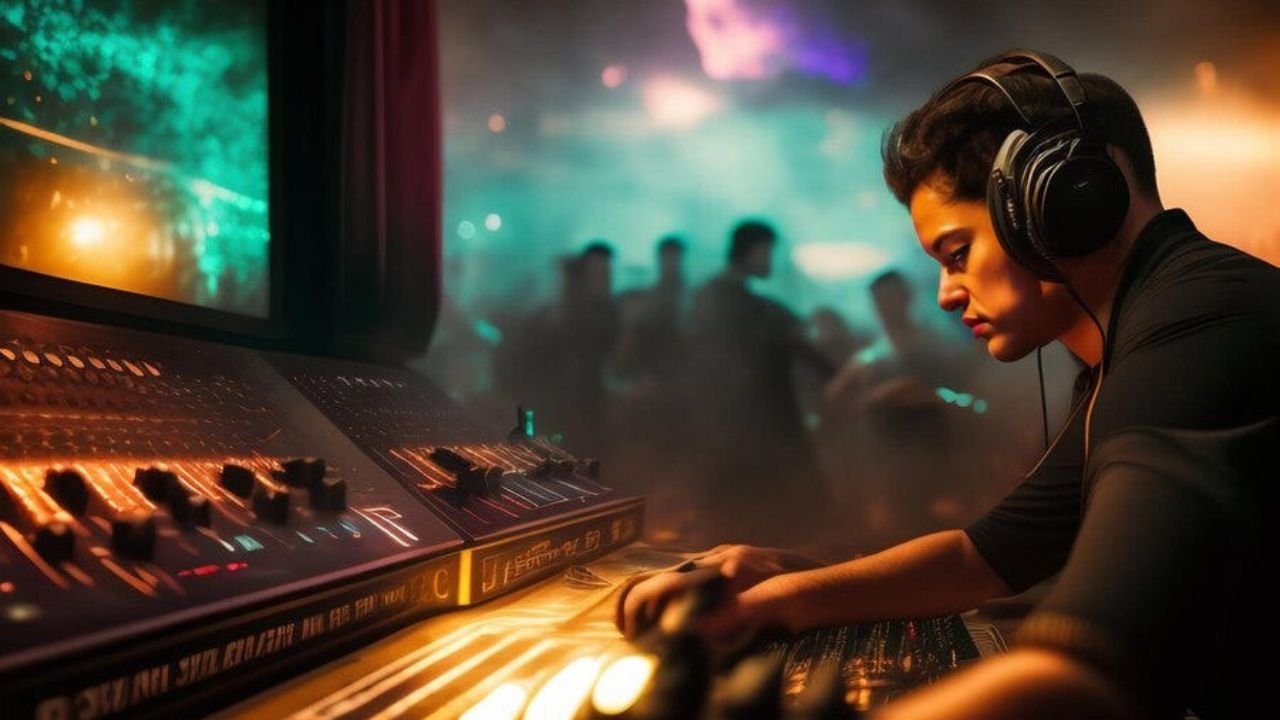The term “pulsamento,” which comes from the Italian word “pulsare,” which means to throb or pulse, captures the essence of rhythmic life, the vitality that permeates all living things. This essay delves into the notion of pulsamento, examining its importance in multiple spheres of human experience, ranging from the body’s biological rhythms to the cultural and creative metaphorical cadence.
Understanding Biological Rhythms:
Life is based on biological rhythms, which control cyclical processes ranging from hormone changes to sleep-wake cycles. The circadian rhythm, often known as the body’s internal clock, regulates physiological processes on a daily basis and synchronizes our bodies with the cycles of day and night. The rhythmic contraction and expansion of the lungs, the regular heartbeat, and the coordinated firing of brain neurons are all examples of pulsamento.
Exploring Cultural Rhythms:
Beyond biology, pulsamento is woven into human society’s cultural fabric. The foundation of music creation is rhythm, which shapes melodies and harmonies into unified arrangements that viscerally affect listeners. A wide range of emotional reactions are elicited by diverse musical genres, from the pulsing pulses of electronic dance music to the syncopated rhythms of jazz, reflecting the diversity of human experience.
When bodies move in unison with the beat of the music, dancing is another example of pulsamento. Dancers express emotions and stories via movement and gesture, whether they are enacting modern choreography or ancient folk dances. They symbolize the pulsating energy of life itself.
Rhythms of Creativity and Inspiration:
Beyond the material and cultural spheres, pulsamento penetrates the very act of creation. Moments of inspiration are frequently characterized by artists, writers, and innovators as an abrupt burst of energy. A pulsing force that drives them onward in their creative activities. The cadence of words on the page, the rhythm of brushstrokes on canvas, and the flow of ideas all exhibit this creative pulsation.
Since artists and creators draw from the throbbing currents of their inner world to make works of beauty and significance, creativity lives on rhythm. Whether writing a novel, creating a building, or creating a symphony, artists use the pulsamento rhythm to give their works life and energy.
Finding Balance and Harmony:
It is easy to lose sight of the rhythmic cadence that permeates all existence in the hurry and bustle of modern life. Nevertheless, we possess the ability to synchronize our life with the pulsations of pulsamento, much like a symphony director leading an orchestra. We can tune into the rhythms of our bodies, brains, and spirits by practicing mindfulness and awareness, which promotes harmony and balance.
Exercises like yoga, meditation, and breathwork give us an opportunity to re-establish our connection to the throbbing rhythm of life, which helps us stay grounded and develops a stronger bond with both the outside world and ourselves. Accepting the pulsamento rhythm allows us to find peace in the midst of chaos, fortitude in the face of hardship, and beauty in the everyday moments that make life worth living.
Conclusion:
Pulsamento is the underlying melody in the symphony of existence that weaves us all together into a harmonious whole. Pulsamento gives life and significance to all facets of the human experience, from the heartbeat to the cadence of creativity and culture. May we embrace the pulsating energy that animates our being as we travel through the rhythms of life, discovering joy, inspiration, and connection in the ever shifting dance of existence.
